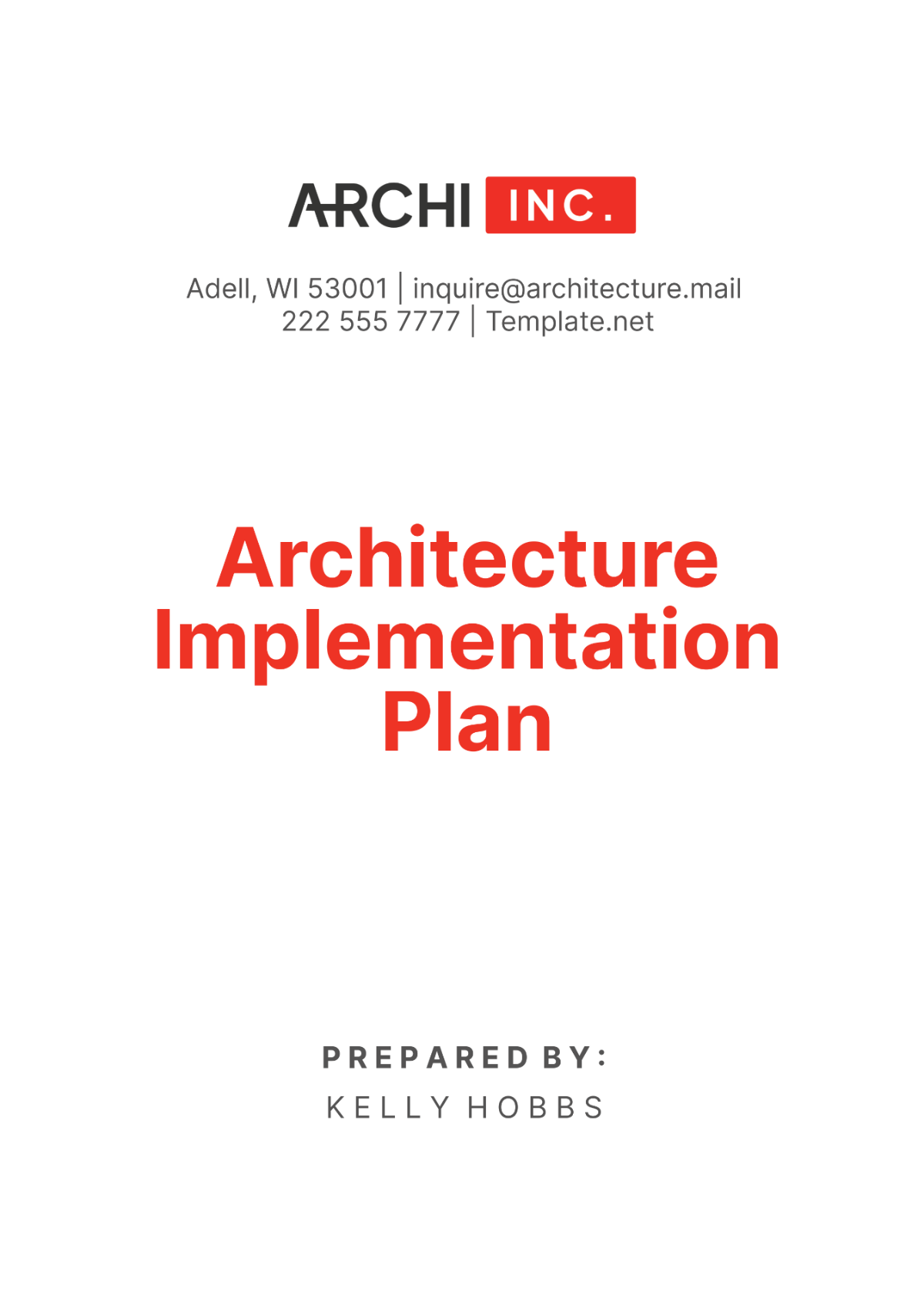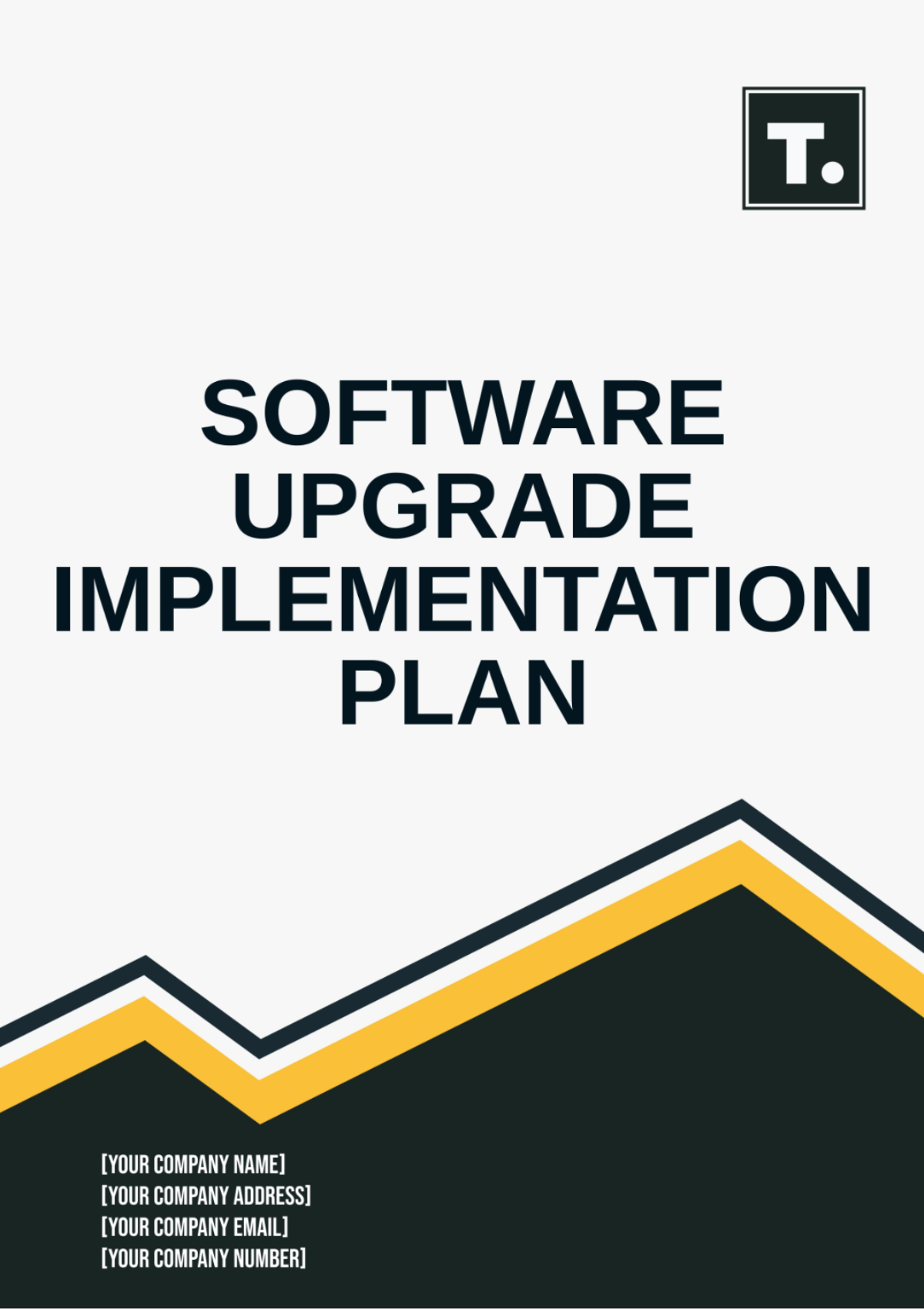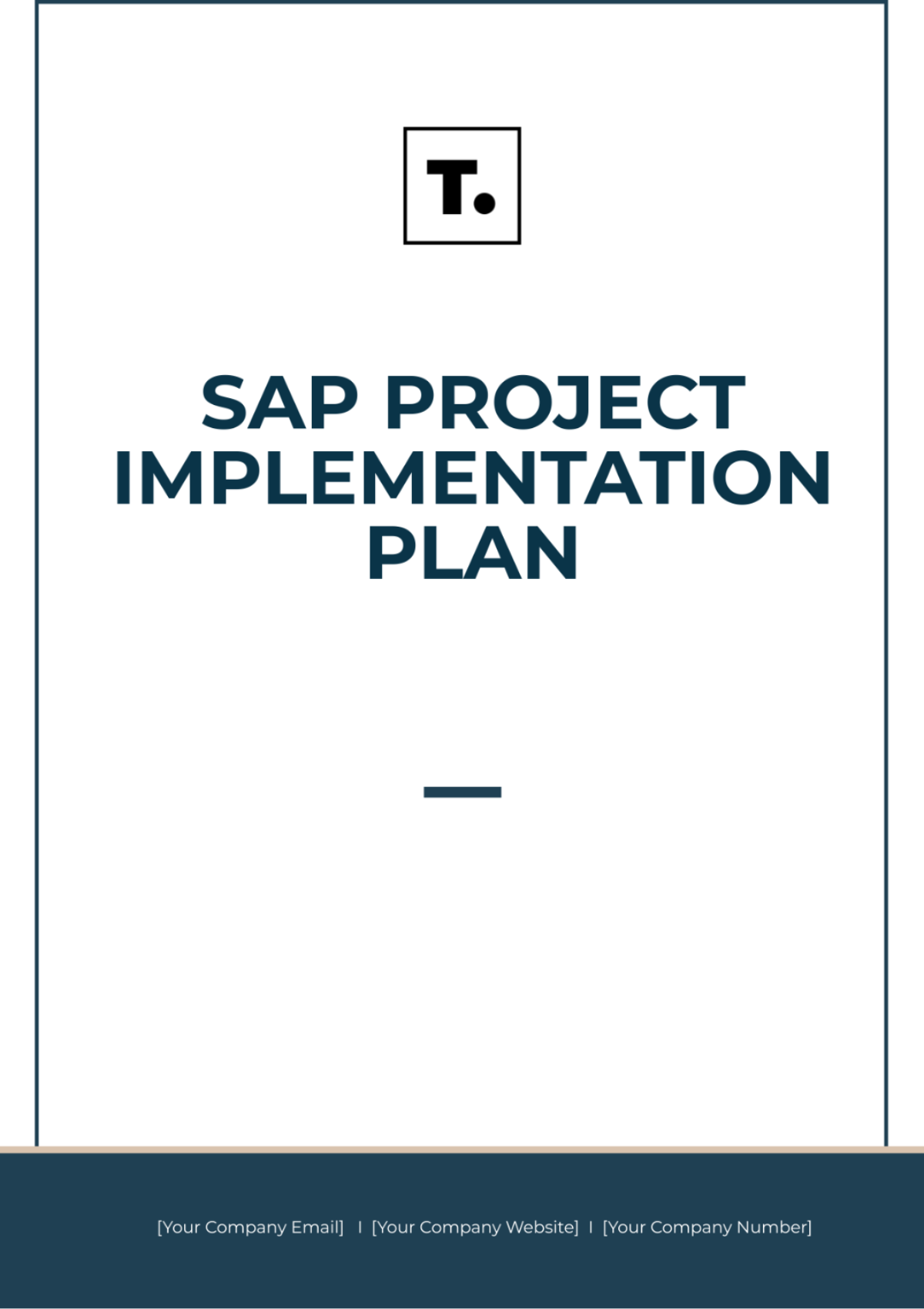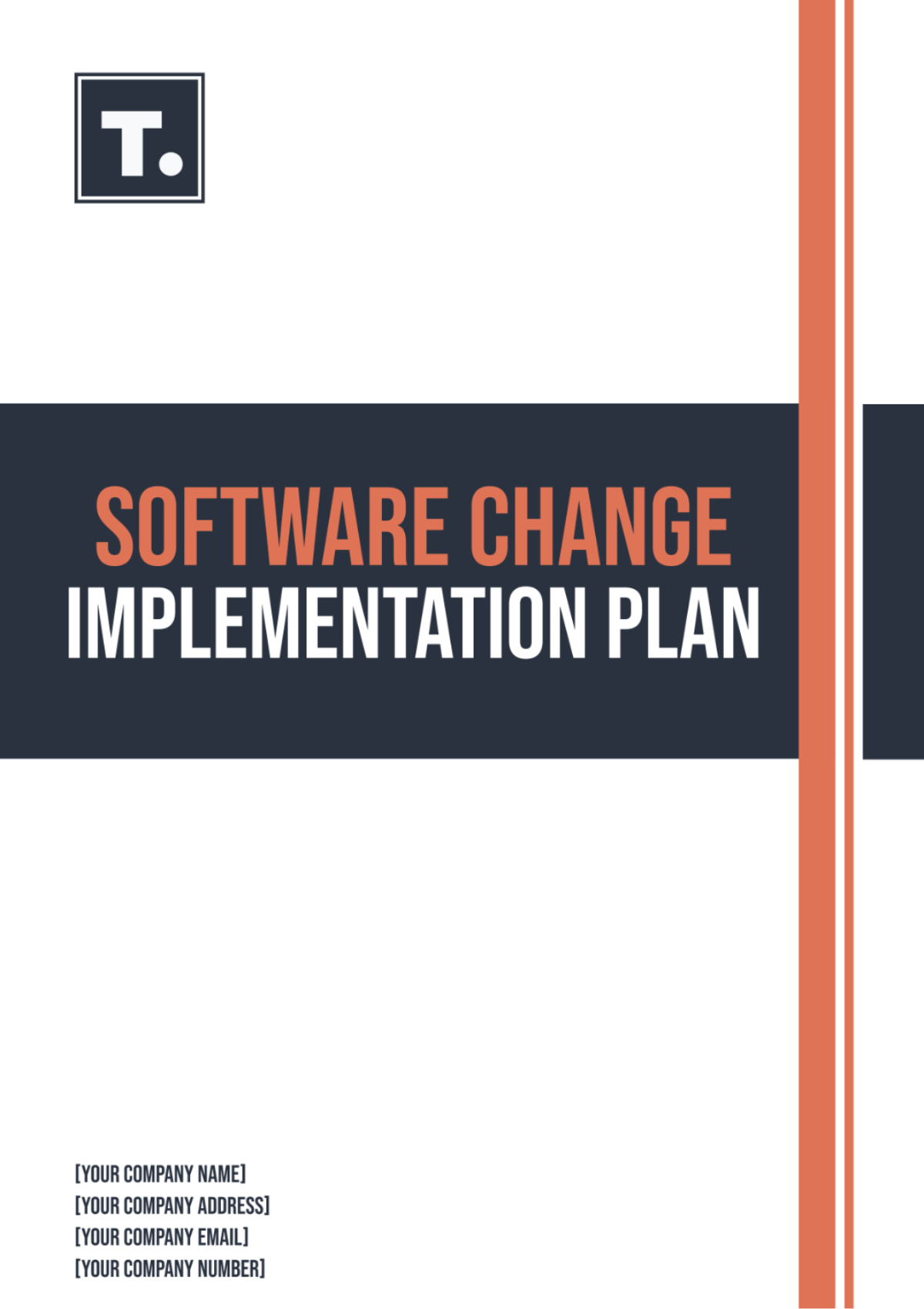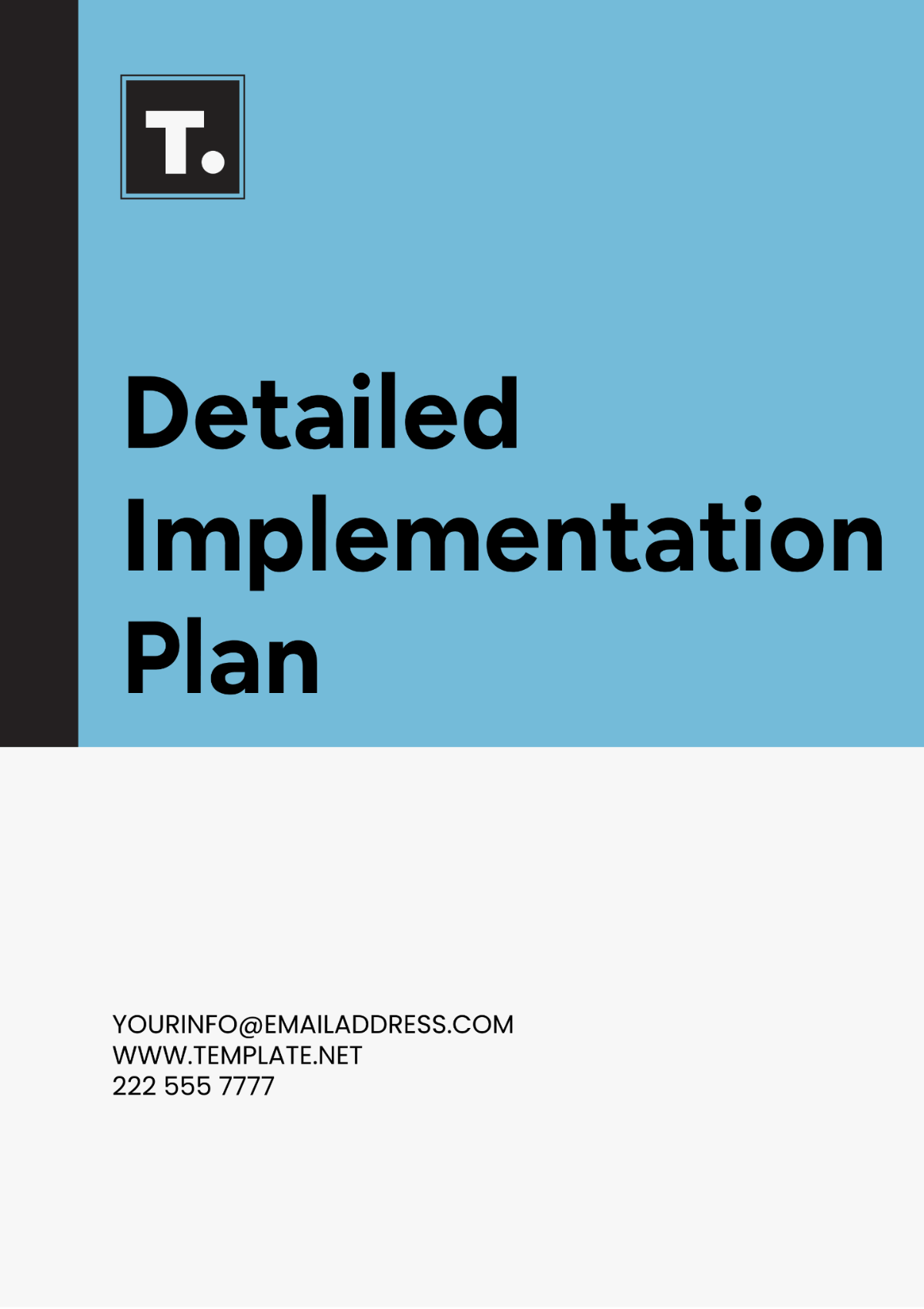Software Implementation Plan
Prepared by: [YOUR NAME]
Contact Email: [YOUR EMAIL]
Company Name | [YOUR COMPANY NAME] |
Name | [YOUR NAME] |
Address | [YOUR COMPANY ADDRESS] |
Social Media Profiles | [YOUR COMPANY SOCIAL MEDIA] |
I. Executive Summary:
This Software Implementation Plan outlines the necessary steps for deploying the newly developed software system across [YOUR COMPANY NAME] . This plan ensures a smooth and successful rollout, minimizing disruptions and maximizing adoption and effectiveness.
II. Project Objectives
The primary objectives of the software deployment are:
To introduce the new software system to all relevant departments.
To ensure seamless integration with existing systems.
To provide adequate training and resources for users.
To monitor and measure the software’s impact and performance.
III. Scope
The scope of this implementation includes:
Deployment of the software to all user groups.
Data migration from the old system to the new one.
User training and support during the transition period.
IV. Implementation Phases
Phase | Activities | Duration |
|---|---|---|
Planning | Identify stakeholders, define objectives, create project plan | 2 weeks |
Development | Customize software, conduct initial testing | 4 weeks |
Testing | Conduct user acceptance testing, resolve issues | 3 weeks |
Deployment | Deploy software, migrate data, provide training | 2 weeks |
Post-Deployment | Monitor performance, provide ongoing support | 4 weeks |
V. Roles and Responsibilities
Role | Responsibility | Contact Information |
|---|---|---|
Project Manager | Oversee entire project, coordinate between teams | [Project Manager Email] |
Technical Lead | Software installation, technical troubleshooting | [Technical Lead Email] |
Trainer | Conduct user training sessions, create training materials | [Trainer Email] |
Support Specialist | Provide post-deployment support, address user issues | [Support Specialist Email] |
VI. Resource Requirements
The following resources are required for the successful implementation of the software:
Hardware: Servers, workstations, backup devices
Software: Operating systems, ancillary applications
Personnel: IT staff, trainers, support team
Financial: Budget for training, hardware, and software licenses
VII. Timeline
The project timeline is as follows:
Phase | Duration |
|---|---|
Planning | Weeks 1-2 |
Development | Weeks 3-6 |
Testing | Weeks 7-9 |
Deployment | Weeks 10-11 |
Post-Deployment | Weeks 12-15 |
VIII. Risk Management
Potential risks and mitigation strategies include:
Risk: Delayed deployment
Mitigation: Set realistic deadlines, allocate buffer timeRisk: User resistance
Mitigation: Extensive training, clear communicationRisk: Technical issues
Mitigation: Thorough testing, readily available support teamRisk: Budget overruns
Mitigation: Close monitoring of expenditures, contingency plans
IX. Communication Plan
Effective communication is vital to the success of the software deployment. The communication plan includes:
Internal Communication:
Weekly Progress Meetings: We'll hold weekly meetings with the project team to discuss progress, address any challenges, and align on next steps.
Bi-weekly Updates to Stakeholders: Every two weeks, we'll provide comprehensive updates to stakeholders, keeping them informed about project milestones, risks, and achievements.
Daily Status Reports: During the deployment phase, daily status reports will be circulated to keep everyone in the loop about progress, issues, and resolutions.
External Communication:
Regular Updates on [YOUR COMPANY WEBSITE]: We'll post regular updates on our company website, informing clients and visitors about the software deployment progress, new features, and any relevant news.
Announcements via [YOUR COMPANY SOCIAL MEDIA]: Our social media channels will be utilized to announce key milestones, share success stories, and engage with our audience regarding the software deployment.
Email Notifications to Clients and Partners: Email notifications will be sent to clients and partners to keep them updated about important developments, changes, and enhancements related to the software deployment.
X. Training Plan
Training will be conducted as follows:
Overview Sessions: Introducing new features and benefits.
Hands-on Workshops: Practical experience for all user levels.
Online Resources: Accessible training materials and documentation.
Q&A Sessions: Follow-up support and feedback collection.
XI. Success Metrics
Success of the software deployment will be measured by:
User Adoption Rates: Tracking how readily users embrace and utilize the new software across all departments.
Reduction in Error Rates and System Downtimes: Monitoring improvements in system reliability and efficiency, reflected in fewer errors and downtimes.
User Feedback and Satisfaction Surveys: Collecting feedback from users to assess their satisfaction levels and identify areas for enhancement.
Achievement of Project Objectives and Timelines: Ensuring that project milestones are met on schedule and objectives are achieved as planned.
XII. Post-Deployment Support
After deployment, the following support will be provided:
24/7 Helpdesk Support for the First Month: Users can access assistance round the clock during the critical initial phase.
Regular Software Updates and Patches: We'll provide timely updates to enhance functionality and security.
Monthly Performance Review Meetings: Evaluating system performance and addressing any emerging issues or user concerns.
Continuous Improvement based on User Feedback: Feedback loops drive ongoing enhancements to ensure the software evolves with user needs.
XIII. Conclusion
This Implementation Plan outlines the structured and phased approach to deploying the new software system within [YOUR COMPANY NAME] . By following this plan, we aim to ensure a smooth transition, complete user adoption, and the achievement of all project objectives.




